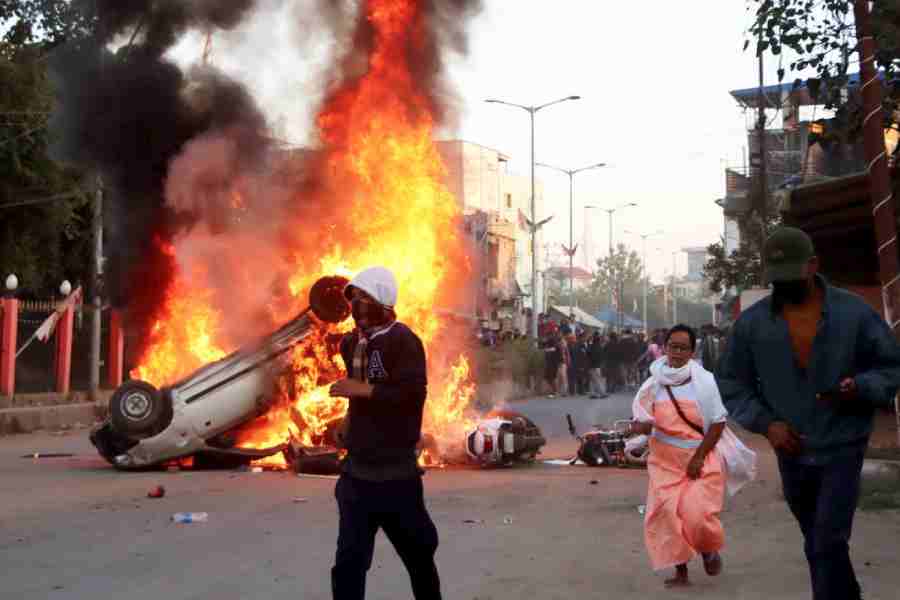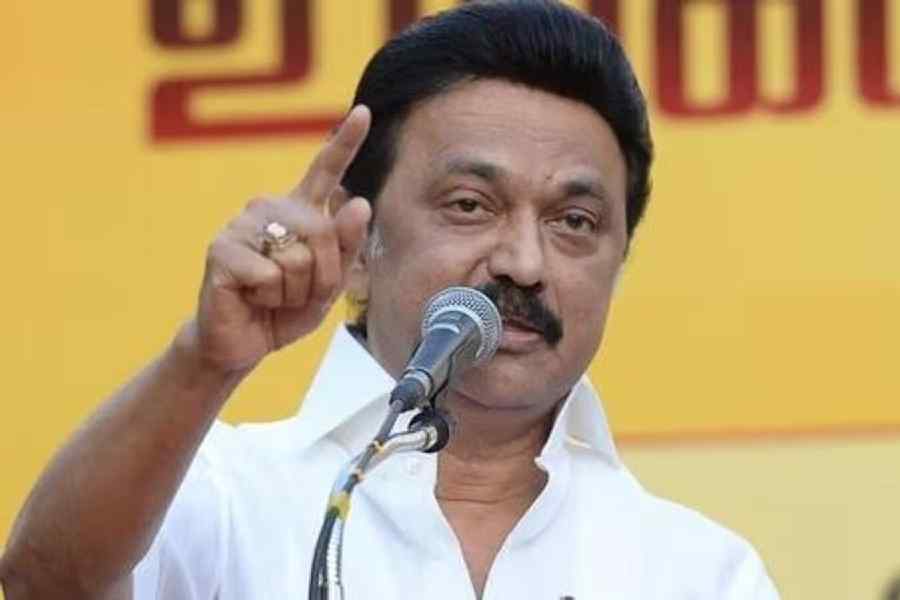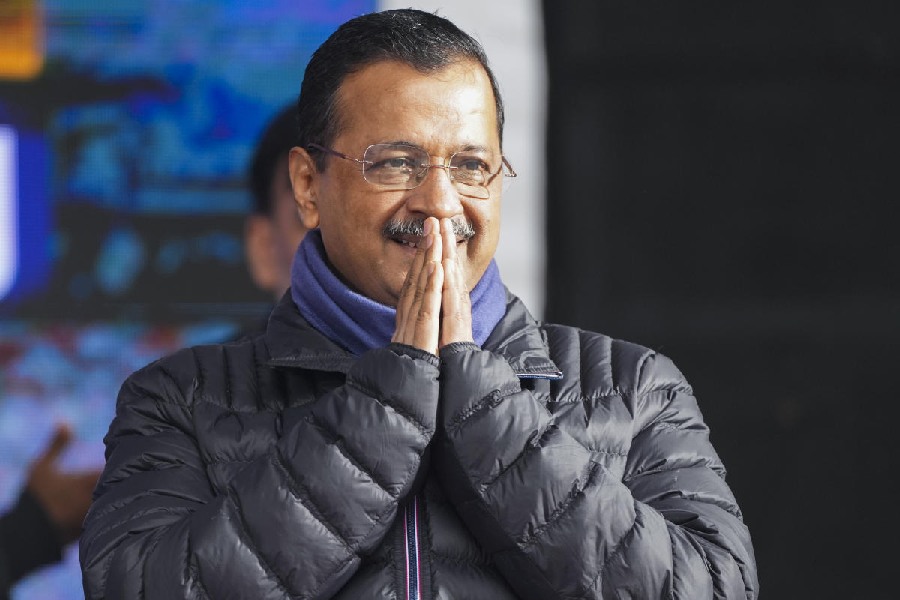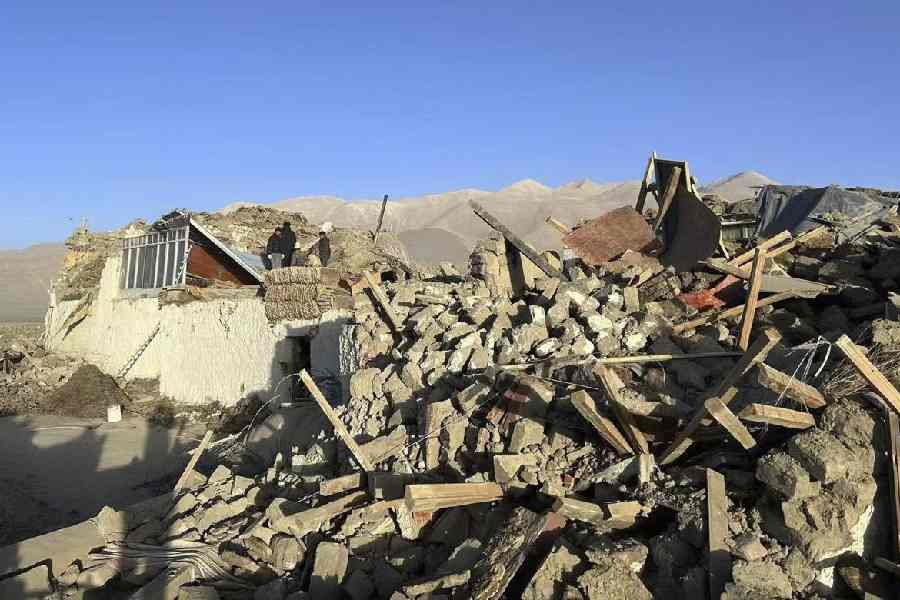In the Northeast, ‘indigenous’ encapsulates much more than questions of ancestry or the practice of preserving culture. Whereas the universal discourse often renders indigeneity as akin to lineage and cultural preservation, in the Northeast, it refers to survival and an ever-evolving identity projected by a history of relegation, conflict, and adaptation to colonial and postcolonial pressures. It implies shifting borders and contested sovereignties, highlighting the non-static nature of identity.
In Manipur, indigeneity is not a marker: it is the vanguard in a contest over land, autonomy and survival. The Meiteis, concentrated in the Manipur Valley, and the Zo communities, inhabiting the hills, muster their versions of history and territory into a validation of existence. To the Meiteis, the Valley is both cradle and crown. In contrast, the Zo communities reflect on indigeneity via a relationship with the harsh topography in which they live where traditional systems of governance survive and where State inroads are resisted.
The Manipur Land Revenue and Land Reforms Act, originally enacted to protect the hills from external exploitation by restricting land rights to tribal groups, has fostered divisions instead. The Meiteis’ campaign for broader access to hill territories has stirred fears of assimilation among the Zo communities. In this tug-of-war, the Meities assume a claim to historical primacy, the right to define the poles of the state's political landscape. To the Zo, it is a bulwark against erasure. Both warring groups recognise that indigeneity is an emblem of power which each deploys strategically.
In Tripura, the Tripura Tribal Areas Autonomous District Council originated as a supposed panacea to remedy the issues of local governance and autonomy that the Tripuris had lost due to the simmering discontent over indigenous rights. However, the authority of the Council is hindered by the ubiquitous presence of the state government, which often overrides or negates the Council’s mandates. This constrained indigeneity in Tripura owes its roots to a form of post-Independence settler colonialism wherein hordes of Bengali refugees altered the state’s demography and social ethos. Between 1881 and 2011, the tribal population in Tripura dropped from 63.77% to 31.78%, turning indigenous tribes into a minority.
A dichotomous indigenous identity unfolds in Arunachal Pradesh among the Monpas of Tawang and West Kameng. The Monpas are a Tibetan-Buddhist group which shares a 300-year history of trade and cultural bonding with Tibet. They are now counted as a scheduled tribe in Arunachal Pradesh and they articulate the same to distinguish themselves from claims of citizenship by Tibetan refugees. Yet, Monpas also consider themselves to be carriers of an ancient Tibetan-Buddhist civilisation and see no anomaly between their civilisational and ST status.
Despite inter-ethnic conflicts and turmoil, the deliberations over who is indigenous in the Northeast are ikely to continue. Neither theoretical definitions nor conceptualising tribes as indigenous people can encapsulate the diverse strategies adopted by communities in the Northeast in expressing their indigenous claims.











